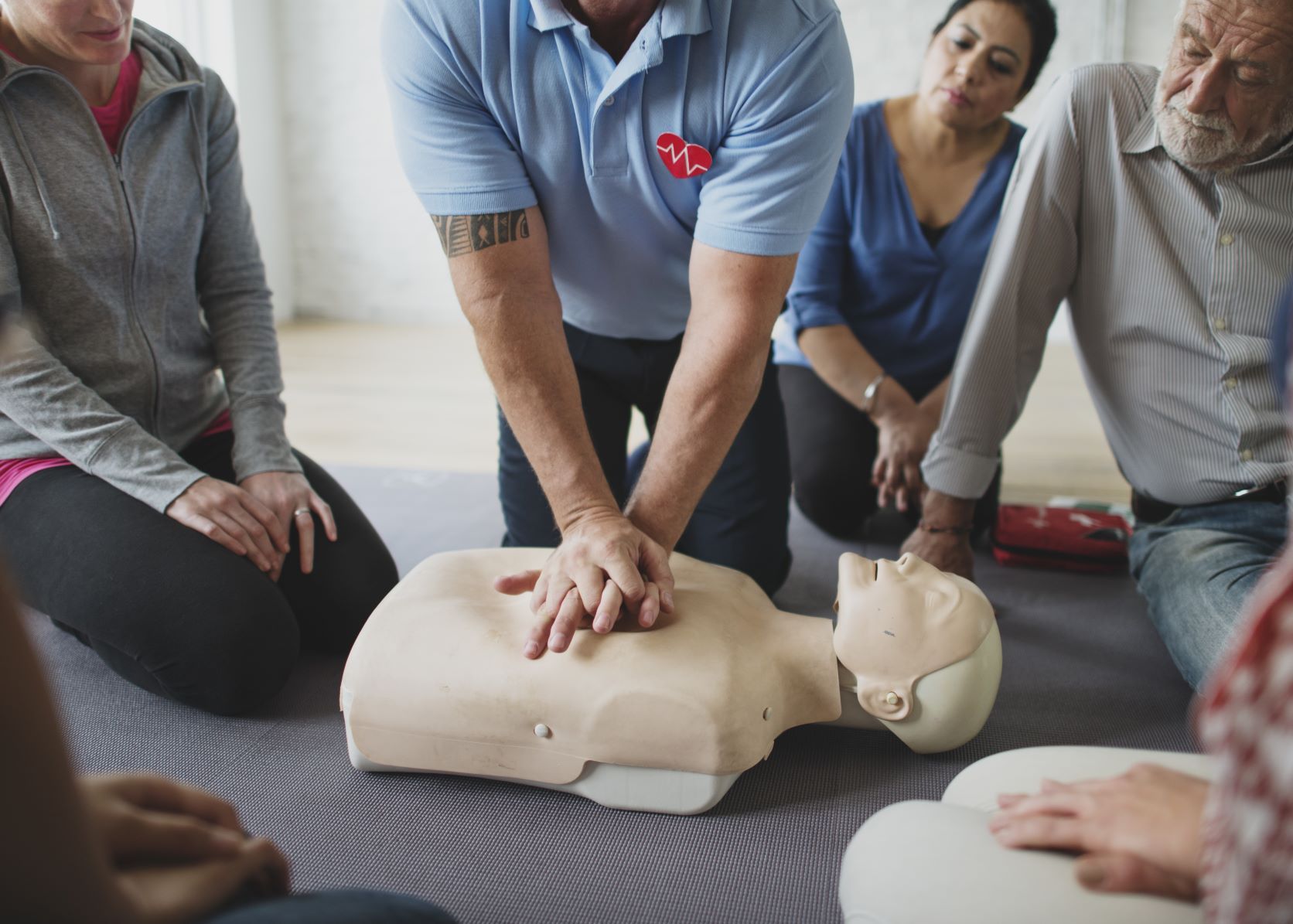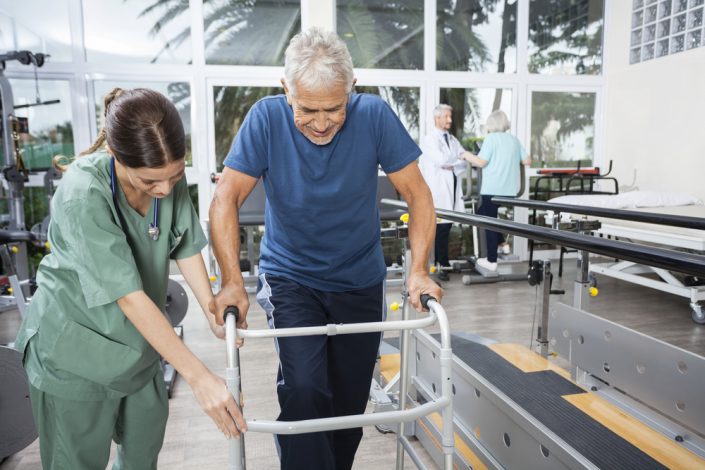Have you ever felt the vigor to respond in an emergency but lacked the correct knowledge to do so? Well, there are many instances in life where we wish to serve humanity but fall short due to our limited information on the subject. Consider taking our online LIVE and Recorded CPR and First Aid course if you want to get out of a helpless situation like this.
Is There Any Benefit Of Taking A First Aid Course At All?
We believe that a large part of knowing how to act during a traumatic situation comes from having adequate learning of the topic. Knowledge is only possible if you are prepared for facing such a situation and aware of the necessary steps that you should take to intervene.
Being thorough with your First Aid skills gives you a chance to respond to emergencies with confidence. Once you know the protocol you have to follow, you have a level of courage and determination to help a casualty who may be going through any trauma.
About Save A Heart
For nearly 24 years, Save A Heart has been giving CPR and First Aid training to individuals in Utah. We annually certify around 3500 nurses, contractors, dental therapists, childcare workers or medical, nursing, and pharmacy students.
We strongly care about the community, which makes us strive harder towards saving humanity. Our practical and comprehensive course serves to be a reflection of our concerns for our neighbors.
What Does A First Aid Lesson Include?
There are a couple of topics that we covered in our highly comprehensive live courses. We prepare you to diagnose and treat a casualty with the following issues.
- Heart attack
- Stroke
- Allergic reaction
- Nose bleeds
- Breathing difficulties
- Choking (Heimlich maneuver and five-on-five included)
- Blood loss
- Dislocations and fractures
- Head and neck injuries
- Burns
- Seizures
- Shock
- Eye injuries
- Poisoning
- Heatstroke
- Cold related illness
- Heat exhaustion
- Dental emergencies
Items Included In A First Aid Kit Checklist?
Before you add an item to your first aid kit, you need to know what it is and how to make use of it in case of an emergency. Keep your first aid kit up to date and plan it accordingly. Some of the must-haves for every first aid kit are listed below. However, a detailed explanation of each item will be given in the live section as our instructor will go over the entire first aid kit thoroughly.
- Allergy medicine (preferably epinephrine)
- Adhesive tape
- Aloe vera gel
- Antibiotic ointment
- Bandages in different size
- Swat T or other tourniquets to control bleeding
- Cold packs
- Gauze rolls and pads
- Hand sanitizer and latex gloves
- Hydrocortisone cream
- Pain relievers such as acetaminophen and ibuprofen
- Scissors and tweezers
What Does Our Cpr Training Include?
CPR training takes each individual through a protocol that assesses the consciousness and breathing of a casualty. Once there is relevant information regarding these two statuses, the individual can proceed towards the ‘CAB’ protocol. Our training deals with the protocol in the following way.
Assessing Personal Safety
No matter how grave the situation gets, we always encourage our trainers to assess scene safety first. It could be a mass shooting scene or a building on fire. Unless you do not find it safe to enter the building, you shouldn’t. You do not have to risk your life for saving others. Only intervene in traumatic scenarios once you feel that there is guaranteed safety of your life.
Checking Casualty’s Response And Breathing Status
After ensuring scene safety, it is crucial to assess the casualty’s consciousness status. You can do this by tapping the shoulder, calling the casualty by their name, or a kick on foot. A visual representation of the assessment is shown in our online course, which can make it clearer for you. No response with any of these three gestures is a clear sign of the casualty being unresponsive.
Assess breathing now. If you find that the breathing is irregular or absent, you move into compressions straightaway. However, before this, there is an essential responsibility that you have to take care of. Request someone around to call 911, to get an AED and ask about opioid overdose. These three points are also elaborated in our live courses.
Compressions
If you find there is no breath or irregular breaths, you go to compressions. There are 30 compressions followed by two rescue breaths. This cycle needs to be repeated until the AED arrives.
The AED usually has scissors that you can use to cut the clothes and place the pads in contact with the skin. We teach you how to use the AED fully in our live courses with proper management and handling techniques. It is a super beginner-friendly tool and is easy to use, so learners do not have a tough time getting the hang of it.
A vital statistic provided by AHA (American Heart Association) regarding AED is that for every minute that passes after two minutes of neither having CPR nor AED placed on the unresponsive individual, the chance of survival decreases by 10% for every minute.
There are specific guidelines that you have to take care of before performing a CPR that prove to be life-saving, which are explained in our live session by our instructor.
To perform the CPR, you have to start by placing the heel of your dominant hand on the middle of the casualty’s chest. Interlock it with your non-dominant hand. Make sure your elbows are straight, and arms are perpendicular as you start to apply pressure onto the casualty’s chest. Arch your back over the body of the individual so that you are using force from your shoulders.
Maintain 100-120 compressions per minute. You have to do these in a cycle of 30 compressions followed by two rescue breaths through a rescue breathing mask. To make your compressions even you can sing ‘baby shark’ or ‘stayin’ alive.’ A full flow of this procedure is demonstrated on our live CPR course.
If you wish to attend our live session on CPR and First Aid Training to learn the protocol explained above in detail with lots of interaction, then you can sign up for our course. There is a lot to learn in our online session, which will last for around 60-90 minutes and is hosted by our talented instructor. Happy resuscitating!
Call us today for additional information at 385-799-4101!








